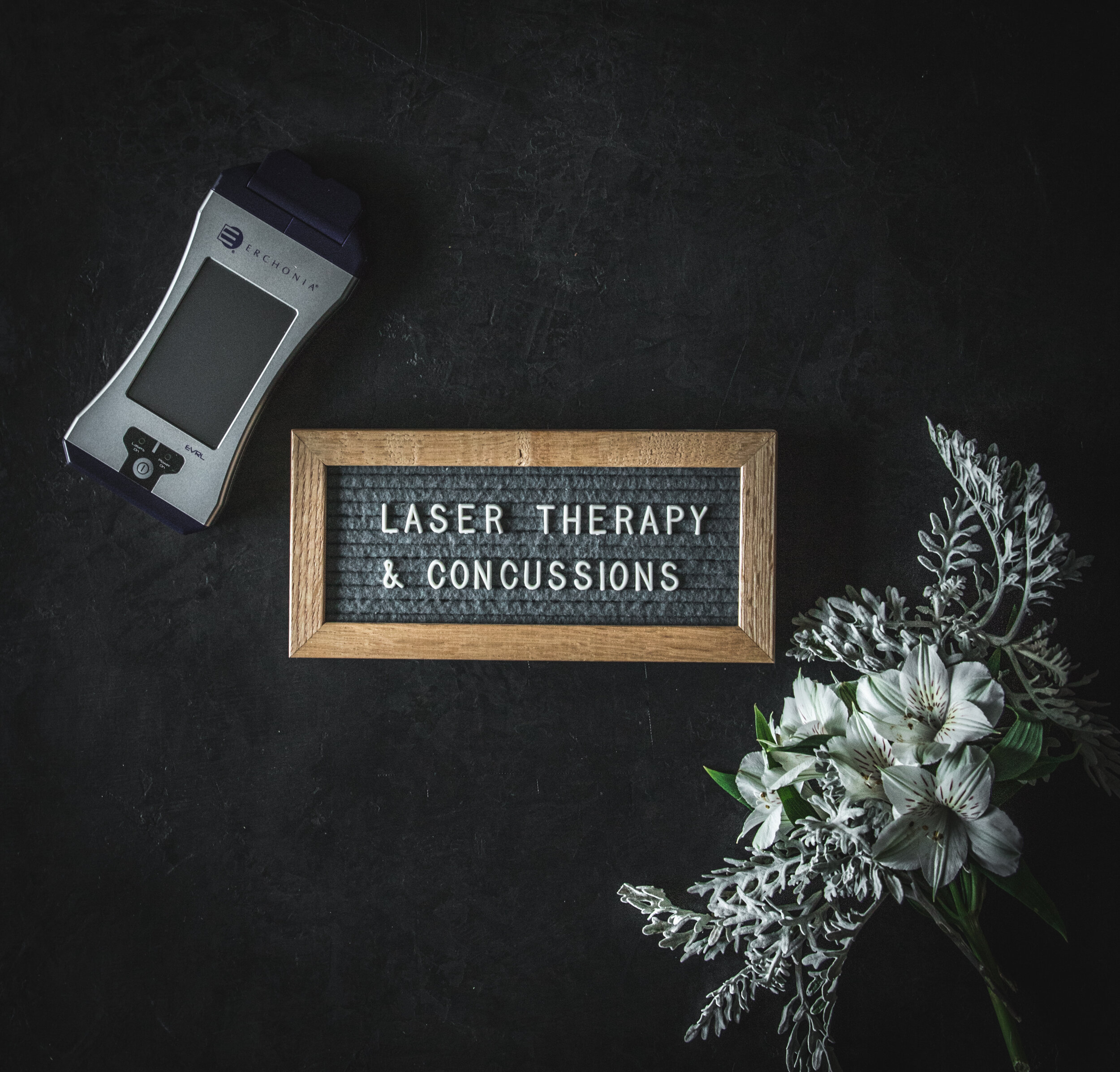Concussions and traumatic brain injuries (TBI for short) have filled the news channels in recent years following new insights behind what was occurring with NFL players following season after season of chronic head trauma. Previously, the general consensus was that the recurrent traumas sustained by these athletes was nothing to be concerned of - that there wasn’t any major damage being done. In addition, there wasn’t much owed to long-term effects of brain injury, strictly the side effects and symptoms that occurred within the first few months following injury. Now, with current imaging studies and scientific literature, there is a much greater understanding of what chronic recurrent small grade traumas can cause to occur within the human brain and what long term effects are actually happening structurally and physiologically. Small to large grade traumas have profound effects – some of which were unprecedented. With these lasting side effects continuing, what can be done? What therapies are available? Do they always have to be invasive? Let’s dive into what the current scientific literature is showing and discuss what can be done to help alleviate the problems resulting from such a common injury.
While concussions are a frequent injury in sports, car accidents, and falls; the long-term effects are not as commonly understood. Initially, someone may experience headaches or migraines, visual disturbances, nausea, vertigo, lethargy, weakness, brain fog, irritability, and various other symptoms. These symptoms will commonly dissipate to an extent without intervention. However, some may remain, and some may persist without us even realizing. It’s not unusual to have patients that were previously diagnosed with a concussion or TBI, come into the wellness center complaining of changes in their personality, migraines that occur significantly more often, and even the inability to get a full nights rest. It’s also not uncommon for these patients to state they have been to other specialists, had several imaging studies done, lab work, multiple examinations, all that have come up fruitless. These patients are having physiological manifestations of a problem; however there appears to be no objective findings from other practitioners. Is this because of the examiners? Are the patients making up their symptoms? Or is there a deeper level of examination and treatment required to identify the underlying mechanisms behind why concussions and TBI symptoms remain, despite the patient following the current recommended guidelines for treatment?
A concussion is defined as a “brain injury caused by a blow to the head or a violent shaking of the head and body. This occurs from a mild blow to the head, either with or without the loss of consciousness and can lead to temporary cognitive symptoms.” The fascinating aspect of this definition is the final line – temporary cognitive symptoms. As said previously, sometimes the symptoms are temporary, other times they are not. In fact, Castellani et al. described how with the growing evidence behind chronic traumatic encephalopathy (CTE) – the disorder most associated with NFL athletes – demonstrates the significant effects of trauma and micro trauma on the mammalian brain.[1] CTE is somewhat difficult to study however, as it is not as distinguishable from other disorders of the like. While the actual neuropathology is similar to other conditions, what is widely accepted is that chronic disorders from brain trauma are are much more frequent than previously accepted.
When studying individuals who have incurred head trauma, findings include a “deleterious neuroinflammatory cascade encompassing p-tau templating, trans synaptic neurotoxicity, progressive neurodegenerative disease, and associated clinical features” such as recurrent migraines, lethargy, and vertigo as previously mentioned. All of these findings indicate that there is a pro-inflammatory process that is initiated upon traumatic brain injury (whether it’s the first head injury or after multiple) that can continue well into the future resulting in severe side effects. While directly studying CTE, researchers have discovered macro-structural and micro-structural alterations in neuroanatomy and neurophysiology, indicating that while the pro-inflammatory cascade begins as an acute condition, there are chronic deleterious effects that can wreak havoc when left untreated.[2] An interesting aspect of many of these pro-inflammatory processes is that they are associated with other neurological diseases such as Alzheimers, Parkinson’s, and diabetic neurotoxicity.[3][4][5] While many of these diseases are thought to only develop over the long term, it needs to be understood that the dysfunctional physiological processes and mechanisms begin much earlier than simply when symptoms present for the first time. Therefore while concussions, TBIs, or CTE may be comprised of acute moments of injury, their symptoms are merely a representation of pathological processes that have been occurring for some time.[6]
We now know that brain inflammation is a legitimate consequence of TBI. We realize that a single trauma that induces concussive syndromes is capable of producing long term deleterious effects to the human brain, some of which were previously swept under the rug as mild consequences and never given a second thought. We know that brain injuries have similarities between other chronic neurodegenerative diseases, much of which have become common in today’s society. So the question remains – what can be done to alleviate the symptoms while simultaneously treating the underlying condition? What is there to do about neuroinflammation? Are there any non-invasive procedures that can be done to activate anti-inflammatory cascades, neuroprotective mechanisms, and cognitive enhancing processes? The answer is absolutely, and we have one treatment in particular that is showing very promising results right here at Restorative Wellness Center.
The primary goal of treatment for a traumatic brain injury of any type is to eliminate neuroinflammation. The vast majority of symptoms are due to the pro-inflammatory processes that are constantly present, resulting in destructive processes that generate a vicious cycle of neurological damage. One therapy in particular that is gaining a significant amount of leverage in non-invasive treatments is Low Level Laser Therapy (LLLT) – the use of specific low level frequency wavelengths that are able to penetrate deeper into neurological tissues beyond the skull cap and induce anti-inflammatory effects. So how does LLLT treatment work? How does it play into your normal appointments that you may have at Restorative Wellness Center, and what types of patients would benefit from LLLT? Is it safe for everyone, and are there any risks involved?
LLLT treatment is first and foremost a safe, non-invasive form of therapy that can be used on virtually anyone. While there are some contraindications to its use that can be discussed with the doctors of Restorative, we can confidently say that we have used it on a very broad spectrum of patients ranging from low back pain, post-surgical procedures, and in particular – brain trauma patients too. LLLT is typically applied anywhere from 10 to 20 minutes over the course of several sessions in order to initiate an anti-inflammatory environment within the tissues and then gradually heal damaged cells while simultaneously eliminating waste products. LLLT devices are aimed at the area of interest (in this case around the skull) depending on the specific condition. For example - if a patient came in to Restorative Wellness Center after being hit on the left side of their parietal lobe in an automobile accident, the laser would be directed to that point of impact. The laser would also be applied to the opposite side of the patient’s head directly across from the point of impact, due to the brain’s ability to ricochet against the inside of the skull after a force is applied (in this case, the automobile accident).
From an outsider’s perspective, the application of LLLT may seem reasonably simple. While this may be so, the physiological effect that is occurring on a deeper level is profound. For example, mitochondrial dysfunction within neuronal cells can trigger the production of free radicals such as the superoxide anion. Mitochondria are aerobic metabolic warehouses that generate energy via ATP production. Being aerobic cellular organelles, they require oxygen in order to function.The production of free radicals can then further damage DNA potentiating the development of non-functional proteins (such as tau proteins) within cerebral tissue. LLLT is able to diminish this mitochondrial dysfunction by stimulating cerebral blood flow and increasing blood oxygenation.[7][8][9][10] By doing so, mitochondrial function can be optimized to promote higher tissue oxygenation within the brain allowing for better transport of beneficial nutrients and removal of waste products. Due to diminished blood-oxygen saturation being a hallmark in traumatic brain injury, utilizing this type of therapy should be a first line of treatment.[11][12]
Aside from oxygen saturation, are there any other mechanisms behind LLLTs success? Absolutely! Researchers have studied the effect of light therapy on axonal transport in Parkinson’s disease cybrid neurites. It’s well established within the literature that axonal transport – the movement of neurological signals across nerves – is significantly reduced in Parkinson’s patients and other neurodegenerative diseases too.[13] Even after 2 hours of a brief near-infrared light therapy treatment, Parkinson’s disease patients’ cells continued to maintain a significantly increased state of axonal transport equal to that of patients without Parkinson’s disease. Trimmer et al. further discussed that near-infrared light therapy increases mitochondrial metabolism, stimulates oxidative phosphorylation, and improves redox capacity – the ability of the cell to eliminate free radicals.
Thus far, the scientific research is showing promising effects of LLLT on brain health post trauma. LLLT has been shown to eliminate detrimental neurological waste products, has demonstrated a neuro-protective action to healthy brain tissues, boosts mitochondrial performance, and down-regulates glial cell priming and inflamation. With all of these positive benefits, there is no question as to why we choose to use LLLT at Restorative Wellness Center. We aim to provide the most beneficial information, advice, and treatments to all of our patients, regardless of what they come in for.
If you have any questions, please feel free to contact our wellness center – we can’t wait to see how we can help you on your journey towards optimal health.
sources:
[1] https://pubmed.ncbi.nlm.nih.gov/25933385/
[2] https://bjsm.bmj.com/content/51/11/838
[3] https://www.ncbi.nlm.nih.gov/pmc/articles/PMC3090074/
[4] https://pubmed.ncbi.nlm.nih.gov/28124586/
[5] https://www.ncbi.nlm.nih.gov/pmc/articles/PMC4603346/
[6] https://pubmed.ncbi.nlm.nih.gov/25587743/
[7] Transcranial laser stimulation improves human cerebral oxygenation.Tian et al. Lasers Surg Med. 2016 Apr;48(4)343-9.
[8] SPECT Perfusion Imaging Demonstrates Improvement of Traumatic Brain Injury With Transcranial Near-infrared Laser Phototherapy. Henderson et al. Adv Mind Body Med. 2015 Fall;29(4):27-33.
[9] A novel method to promote behavioral improvement and enhance mitochondrial function following an emboli stroke. Lapchak et al. Brain Res. 2016 Sep 1;1646:125-31.
[10] The Effects of Transcranial Light Therapy on Cerebral Blood Flow in the Elderly Women. Salgado et al. Lasers Med Sci. 2015 Jan;30(1):3 339-46.
[11] https://pubmed.ncbi.nlm.nih.gov/10527142/
[12] Mitochondrial respiration as a target for neuroprotective and cognitive enhancement. Gonzalez-Lima et al. Biochemical Pharma. 2014 Apr 15;88(4)584-593.
[13] https://molecularneurodegeneration.biomedcentral.com/articles/10.1186/1750-1326-4-26

